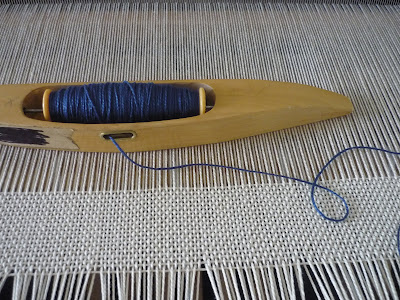 A few months ago, my in-laws came to visit and I was wearing this dress. My mother-in-law liked it so much she asked me if I could make her one. She wanted a few things different like the color and thickness of the material and the length of the skirt and sleeves. It's such an easy pattern that I agreed.
A few months ago, my in-laws came to visit and I was wearing this dress. My mother-in-law liked it so much she asked me if I could make her one. She wanted a few things different like the color and thickness of the material and the length of the skirt and sleeves. It's such an easy pattern that I agreed.I didn't end up finding the right fabric until we visited them again in St. Louis and we went fabric shopping together. There is this wonderful little fabric shop in Kirkwood called Sew It Seams. I was drooling over half of the fabrics in the store--lots of linen-silk blends, tencel, fine wools, and cool woven structures like herringbone. We decided on a lovely sage green tencel twill that fit both the requirements: it had a good drape and it wasn't see-through.

The printed pattern is one I borrowed from an Anthropologie blouse about 3 years ago. I'm very pleased I was able to use the print blocks again, and they're still in good condition despite being carved from the easy-cut stuff which typically breaks easily.

The hard part of this dress was the printing of the design. It's a little nerve-racking trying to line up each one and print the whole hem and sleeves evenly. It also took me longer than I remembered.

The finished product. It would look much better if I had a picture of her wearing it, but I got a call from her yesterday that she'd received it and it fit quite well. If I get a picture of her in it, I'll have to post it.
Just a note on sewing for other people: If someone wants a very specific thing made for them and it's fitted at all--good luck with that. I have had several experiences making fitted bodice dresses for friends that went very wrong and were very frustrating on both sides. It probably attests to my lack of sewing skills to fit people other than myself, but I would caution anyone considering a complex project for a friend. I agreed to this project because it was not fitted, was a very loose shift dress, and because I had made the pattern before and knew it was super easy.
Do you have any interesting stories about making things for other people?










